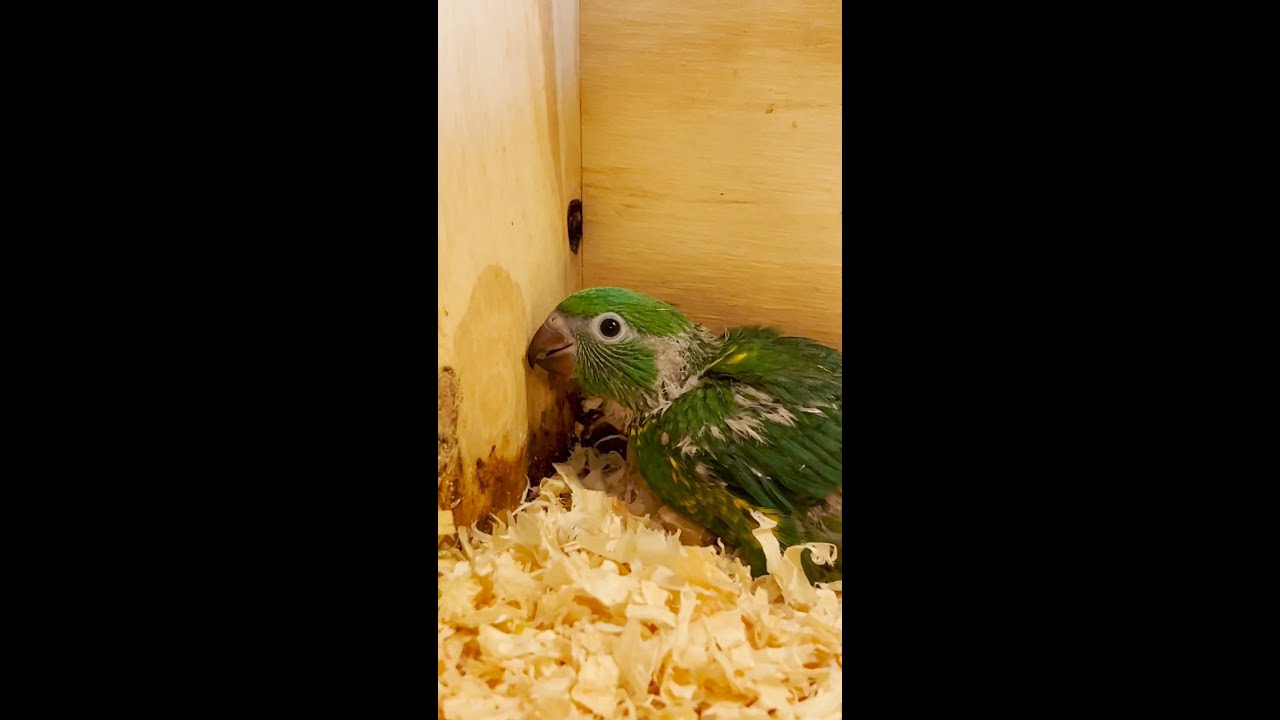– The significance of nurturing Lorikeets in captivity for conservation purposes
– Understanding the dietary needs of Baby Lorikeets for optimal health
– The role of zoos and wildlife parks in Lorikeet conservation efforts
– The impact of environmental changes on Lorikeet populations
With their vibrant plumage and playful nature, Lorikeets are among the most captivating avian species. Their care, especially in the early stages of life, is pivotal for their survival and well-being. This article delves into the specialized care Baby Lorikeets require, the critical role of zoological institutions in their conservation, and the implications of environmental changes on their populations.
Caring for Baby Lorikeets involves a comprehensive understanding of their dietary needs. In their formative weeks, these birds thrive on a diet mimicking the nectar and pollen they consume in the wild. This dietary regimen is rich in essential vitamins and minerals, assisting in their growth and development. Zoos and avian specialists often use a specially formulated nectar substitute, which is carefully measured to meet the nutritional requirements of Baby Lorikeets. This careful attention to diet underscores the significance of expert knowledge in the caretaking of these birds.
Zoos and wildlife parks play a crucial role in the conservation of Lorikeet species. These institutions serve as havens for animals and as centers for conservation science, public education, and wildlife rehabilitation. Through breeding programs, zoos contribute to the genetic diversity of Lorikeet populations, a critical factor in the species’ long-term survival. These programs often involve larger conservation efforts to reintroduce populations into their natural habitats. Additionally, zoos allow the public to learn about Lorikeets and their challenges in the wild, fostering a connection that can motivate conservation action.
Environmental changes pose a significant threat to Lorikeet populations worldwide. Habitat destruction, climate change, and introduction of invasive species are among the many factors that have led to a decline in their numbers. The loss of natural habitats, primarily through deforestation and urban expansion, directly impacts their ability to find food and nesting sites. Climate change, contributing to more extreme weather patterns, further exacerbates these challenges. Through conservation and education efforts, zoos and wildlife parks strive to address these threats, advocating for policies and practices that protect Lorikeet habitats.
Zoological institutions must also consider the broader environmental context in caring for Baby Lorikeets. By understanding the impacts of environmental changes on these birds, caretakers can adapt their strategies to better mimic natural conditions, thereby improving the chances of successful rearing and rehabilitation. This involves meeting their immediate dietary and health needs and ensuring that these young birds develop the skills they will need to survive in the wild.
Through their efforts in Lorikeet conservation, zoos and wildlife parks are vital links between the public and the natural world. These institutions offer a glimpse into the complex interdependencies within ecosystems and highlight the importance of each species, including Lorikeets. By supporting conservation efforts and educating the public, zoos play a key role in ensuring the continued survival of Lorikeets and countless other species impacted by environmental changes.
In summary, the care of Baby Lorikeets extends beyond mere survival — it is an investment in the species’ future. With each Lorikeet raised, released, or kept as an ambassador for its wild counterparts, zoos and wildlife parks underscore their commitment to wildlife conservation. Through expert care, public education, and advocacy, these institutions work tirelessly to protect Lorikeets and their habitats, making a lasting impact on preserving biodiversity.
*****
Source Description
This species is a first for our flock! 💚🦜


